The Structural Engineers Association of Illinois is pleased to announce the SEAOI Failure Webinar. These four presentations from industry leaders will focus on examining various structural failures and the things that contributed to them.
A Series of Unfortunte Events
Ross J. Smith
10:00 AM - 11:00 AM
The role of structural designer is rife with complexity from early in the schematic concept phase until after final construction completion. Crafting a reliable design while making architects’ dreams into stable reality, navigating ill-suited sites, maintaining restrictive budgets, and meeting aggressive schedules is an increasingly normal project challenge. Beyond these normal variables are myriad other critical events, often outside of the structural designer’s control and purview, which can contribute to eventual structural failures. This presentation will feature case studies highlighting real world structural failures in which mishaps during stages of the design procurement and execution process including - given/provided information, existing surrounding conditions, design assumptions, code selection/application, shop drawings, fabrication, material delivery, erection sequence, and Owner use - significantly contributed to structural failure.
Learning Objectives:
- Identify basic steps of structural design process
- Recognize information gaps in the structural design process
- Understand examples of how gaps can inhibit successful completion of construction
Arecibo Observatory, Auxiliary Main Cable Socket Failure Investigation
Jonathan C. McGormley
11:00 AM - 12:00 PM
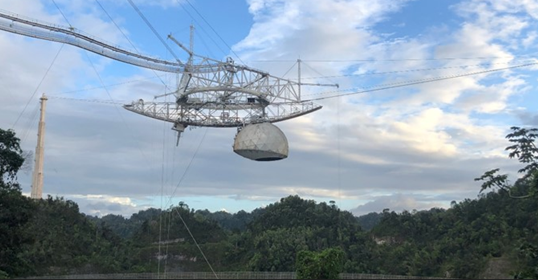
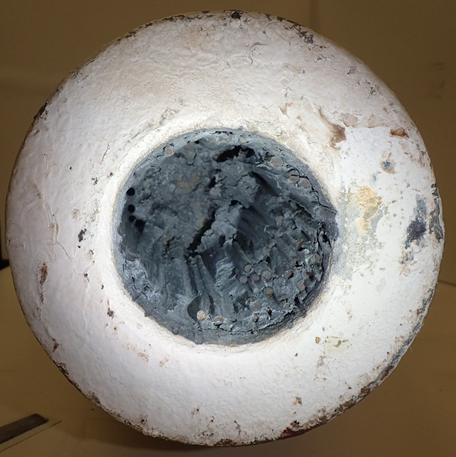
This presentation will discuss the original auxiliary main cable failure of the Arecibo Observatory located in Puerto Rico that occurred in August 2020. The Arecibo Observatory was originally designed for research in the principal areas of ionospheric studies; solar, planetary, and lunar studies; and outer space studies and later, the focus of the observatory also turned to the study of near-Earth objects for NASA as part of a 1994 congressional mandate to assess the impact hazard of space objects on Earth. Opened on November 1, 1963 at a cost of $9.3 million, the observatory was, at the time, the world’s largest radar-radio telescope with the primary reflector having a horizontal aperture of 1000 feet, reportedly making it sixteen times more powerful than the largest fixed-dish radar-radio telescope in operation at the time.
Learning Objectives:
- Identify the structural elements of the Arecibo telescope
- Interpret the analytical and laboratory test data
- Assess the importance of creep in cable socket design
Break from 12:00 PM - 12:30 PM
Charte River Bridge Collapse Investigation
Sebastian Mendes and Liling Cao
12:30 PM - 1:30 PM
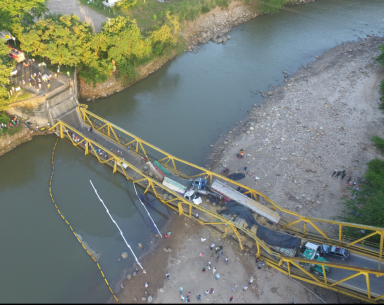
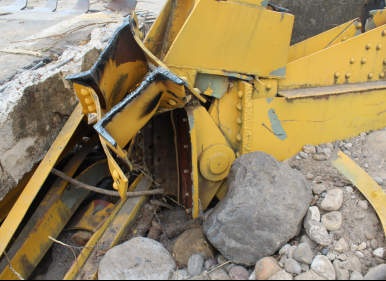
Forensics investigation of the collapse of a steel truss vehicular bridge that spanned over a river in Colombia. The two opposing theories of collapse initiation included failure of a critical bridge connection versus vehicles initially impacting the truss members. The investigation included review of existing available design drawings, analysis of photos taken at the collapse site by others, and structural analysis of collapse mechanisms. The main challenge was to determine the cause of failure with no access to post-collapse evidence on site. Complicacy in this investigation involved accurately capturing the effect of multiple retrofits in the steel truss, accommodating the traffic conditions, and vehicle impact on the structure to determine the collapse progression.
Learning Objectives:
- Understand how analysis results obtained from global computational models can be incorporated into local models for detailed analysis.
- Understand how potential collapse mechanisms are identified and substantiated by analytical evidence.
- Understand how several parallel approaches are used to contribute to the overall collapse narrative.
Asset Management of Pile Foundations at I-43 Leo Frigo Memorial Bridge
Don Green
1:30 PM - 2:30 PM
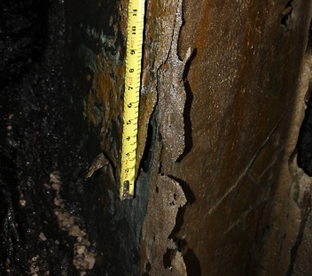
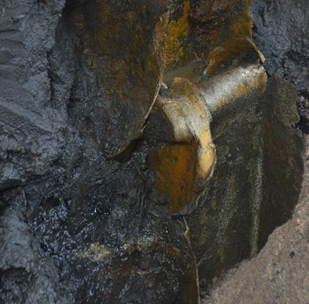
Based on the 2013-2014 subsurface investigation results, the Wisconsin Department of Transportation (WisDOT) embarked on a long-term corrosion monitoring program to determine if there is a future long-term reduction in foundation structural capacity at several of the existing piers at the Leo Frigo Memorial Bridge. The long-term corrosion monitoring program was designed to enhance asset management decision-making and forecast the remaining service life. Steel coupons and corrosion monitoring instrumentation were installed in 2014 at 7 representative bridge piers to obtain site-specific data about corrosion rate. The corrosion rate data has been used to improve the prediction of future section loss of pile foundations, determine remaining service life at several bridge piers, “right-size” mitigation, and improve the reliability of budget forecasting for bridge rehabilitation.
Learning Objectives:
- The corrosion monitoring program at Leo Frigo continues to enhance asset management decision-making and forecast the remaining service life.
- Health monitoring of bridge foundations can be used to provide a rational approach to predicting the remaining service life of bridge foundations..
- Prediction of remaining service life at Leo Frigo is an asset to “right-size” mitigation, and improves the reliability of budget forecasting for bridge rehabilitation.
